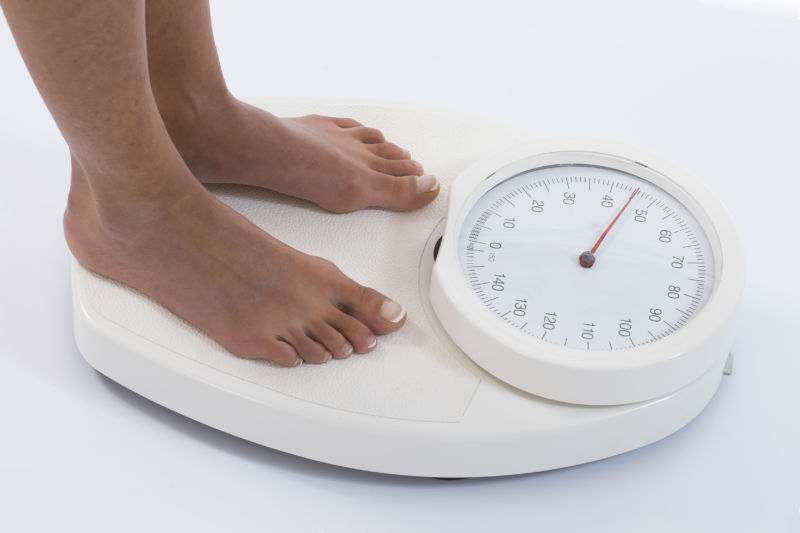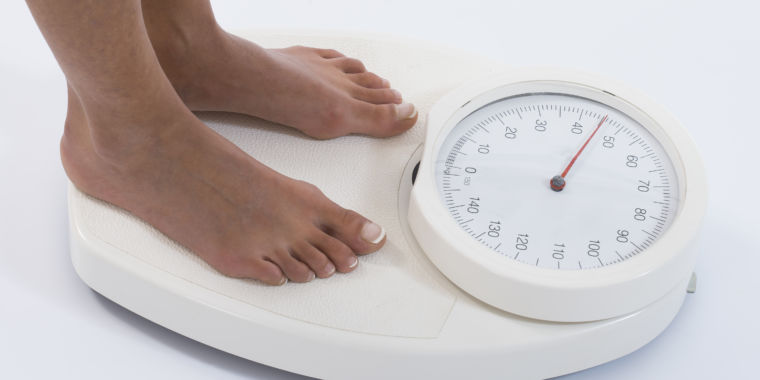
Obese children as young as 12 should now consider taking weight-loss medications, and those who are severely obese as young as 13 should consider metabolic or bariatric surgery, according to aggressive new guidelines released Monday by the American Academy of Pediatrics.
The new guideline marks the first time the AAP has recommended weight loss medications for childhood obesity. Overall, the medical group is urging immediate, intensive action to prevent childhood obesity and overweight before the complex conditions lead to long-term health problems such as cardiovascular disease and diabetes.
“There is no evidence that ‘watchful waiting’ or delayed treatment is appropriate for obese children,” Sandra Hassink, an author of the guideline and vice chair of the AAP’s Clinical Practice Guideline Subcommittee on Obesity, said in a statement. “The goal is to help patients make lifestyle, behavior or environmental changes in a way that is sustainable and involves families every step of the way in decision-making.”
Obesity and overweight have long been stigmatized as simple conditions driven by personal choice. But in reality, the AAP points out, they are complex medical conditions involving combinations of genetic, physiological, socioeconomic, and environmental factors.
“Weight is a touchy subject for most of us, and children and teens are especially aware of the harsh and unfair stigma associated with being affected by it,” said Sarah Hampl, MD, a lead author of the guideline. , in a statement. “Research tells us we need to take a close look at families — where they live, their access to nutritious food, health care and exercise options — as well as other factors related to health, quality of life outcomes and risk.”
The AAP defines the condition of being overweight as having a body-mass index (BMI) at or above the 85th percentile to 95th percentile. Obesity is defined as a BMI at or above the 95th percentile, and severe obesity is defined by a BMI at or above 120 percent of the 95th percentile for age and sex.
In addition to recommendations regarding weight-loss medications for obesity and surgery for severe obesity, the guidance includes recommendations for motivational interviewing and intensive treatment of health behaviors and lifestyles. The AAP also recommends that pediatricians evaluate overweight, obese, and severely obese children for lipid abnormalities, high blood pressure, signs of pre-diabetes or diabetes, and mental illness. The guidance discusses the increased risk children face as a result of special health needs, low socio-economic status and structural racism.
Last month, the U.S. Centers for Disease Control and Prevention expanded growth charts for children and adolescents (ages 2 to 19) to track the growth and treatment of children with severe obesity.
“Childhood obesity is a serious and growing problem in the United States,” Karen Hacker, director of the CDC’s National Center for Chronic Disease Prevention and Health Promotion (NCCDDPHP), said in a statement at the time. “The comprehensive BMI-for-age growth charts allow clinicians to track growth and visualize high BMI percentiles with families.”
Before the pandemic, obesity affected about 14.7 million children and adolescents. The pandemic only made things worse. According to a CDC study published in 2021, BMIs in children and adolescents doubled during the pandemic compared to pre-pandemic years. Those most affected by the increase were overweight or obese children and teens, and younger school-aged children.

